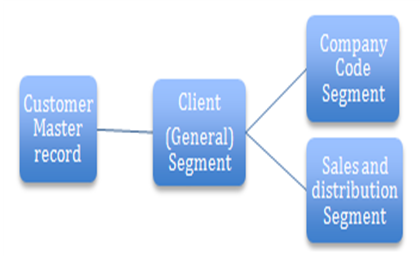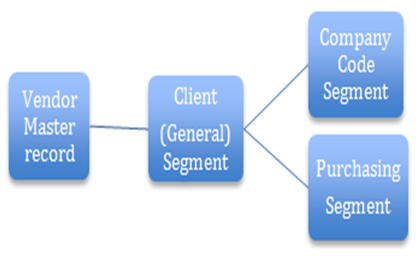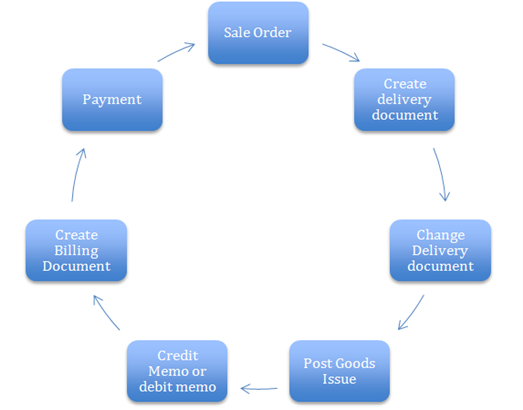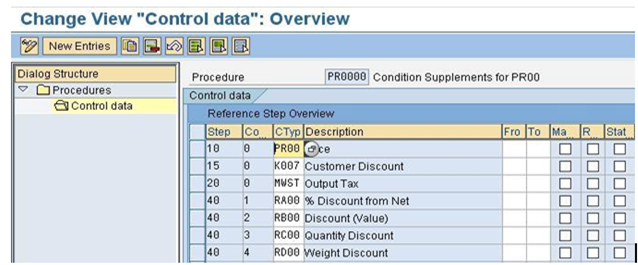Finance being an integral part of the SAP ERP it plays a significant role in cross module integration. The processes are intervened and connected to different modules to avoid redundancy of data entry and taking advantage of the ERP system in their daily process. Helping an organization in optimizing resources.
Financials need to be updated only in certain business steps and not throughout the Organizational proceedings. Inter-module integration hence helps in smooth running of the business throughout.
Sales and distribution Module has its own set of data entries, tables, master data, programs, transaction code, processes, system, and so on. Every organization is structured in a different way.
Points of integration of Sales and Distribution and Finance:
- The Sales Organization is to be matched to the Company Code.
- Master Data needs to be created (GL, Vendor, Customer, and so on)
- Integration Configuration VKOA SD-FI.
SAP SD Master Data related to FI:
- Vendor Master
- Customer Master
- Material Master Data
- Bill Of Material
- Credit Management
- Pricing Conditions
A company has contact with its business partners, who are customers and Business Partners. Data on each of the business partner is stored in a separate master record.
These master data have three segments considering the integration of usage of master records in different modules.
Customer Master Record

Vendor Master Record

Products/ Services.
Products and services are combined in SAP under the term Material since information necessary for the management of a material and its stock, as well as its use, is maintained in the so-called material master record. Let us understand the sales process and its integration of SD and FI.
By assigning Sales organizations and plants you create a link between company codes and sales organizations. Within a company, code can be assigned to different sales organizations. Within a single company code several sales organizations can be active. Business transactions can also be carried out between different company codes (for example, during intercompany sales processing.)
Sales Process:
- Sales Order
- Delivery Goods Issue
- Return Delivery & Credit Memo
- Billing
- Payment

-
Now as per the above process let us see at what point Financials are impacted. The Accounting entries posted in the above scenarios will be as follows:
- Sale Order – No FI entry gets triggered.
- Creating a Delivery Document – No FI entry gets triggered.
- Change a Delivery Document – No FI entry gets triggered
- Post Goods Issue- FI entry gets triggered of Good movement. The entry would be
Cost of Goods Sold A/C Dr.
To Stock A/C Cr.
- Create Billing Document: FI entry is triggered as the Customer is impacted. The FI entry would be
Customer A/C Dr.
To Sales Revenue A/C Cr.
- Payment received: FI entry is triggered as the Final payment is received from the sales of product or services.
Bank A/C Dr.
Customer A/C Cr.
The major process for determining the Accounting entries in FI through SD must be accessed through Pricing Procedures. The procedure will trigger the conditions and the Account keys, which need to be picked in a particular business process being performed. This will post the automatic accounting postings via SD route. The Finance users are not in picture and the SD users post SD transactions and the system posts the FI entries to the system updating the financials, the goods movements, and so on.
The pricing procedure is a setting available in SAP that can determine a complex pricing calculation and conditional Tax or expense calculation which need to be picked at certain sales. Different sales processes occur in an organization, and we can make multiple pricing procedures.
- Direct Sales.
- Depot Sales
- Service Center Sales.
- Job Work.
The pricing procedure can incorporate all the different permutations and combinations considering pricing of the sales material, the Taxes involved, the logistics expense, profit, and so on. The SAP Pricing Procedure screen example would be like:

How GL accounts are triggered through the Pricing is shown by a simple flow below:













